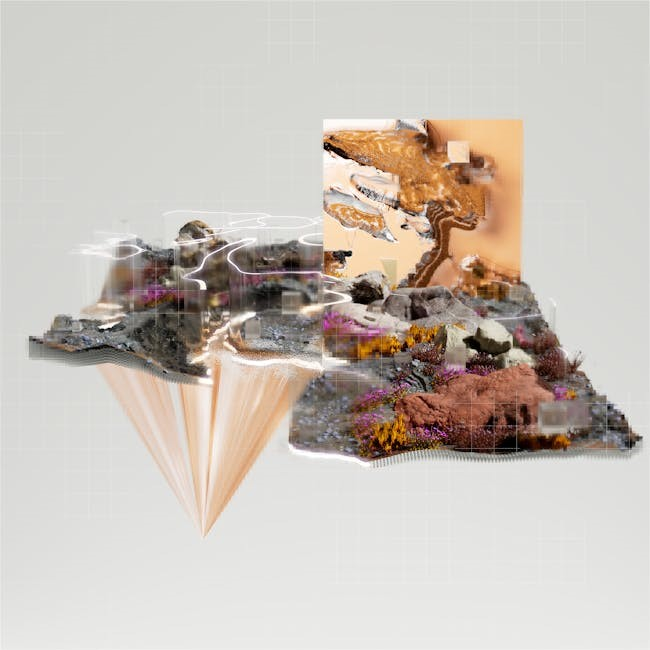Jean Baudrillard’s Simulacra and Simulation explores the concept of hyperreality, where simulations replace reality. Available as a PDF, it critiques modern society’s reliance on symbols and representations, offering insights into postmodern thought and cultural critique.
1.1 Overview of Jean Baudrillard’s Work
Jean Baudrillard, a French philosopher and sociologist, is renowned for his critical theories on postmodernity and hyperreality. His work, particularly Simulacra and Simulation, explores how society replaces reality with representations. Baudrillard’s ideas have influenced fields like cultural studies and media theory, offering a unique perspective on modernity’s complexities.
His concepts of simulacra and simulation have become central to understanding the dominance of symbols and images in contemporary culture. Baudrillard’s theories have also been popularized in films like The Matrix, further cementing his impact on both academic and popular discourse.
1.2 Relevance of the Concept in Modern Society
Jean Baudrillard’s concept of simulacra and simulation remains highly relevant in modern society, particularly in the digital age; The proliferation of social media, virtual reality, and digital culture has intensified the blurring of lines between reality and simulation. Baudrillard’s ideas help explain how hyperreality shapes perceptions, influencing everything from politics to personal identity. His theories are increasingly vital for understanding the impact of technology on human interactions and societal structures.
The rise of fake news, influencer culture, and virtual events underscores the relevance of Baudrillard’s work. As society becomes more saturated with simulations, his insights into hyperreality provide a framework for critiquing and navigating the complexities of contemporary life. Baudrillard’s concepts continue to resonate, offering a critical lens for examining the role of technology in shaping modern experiences and perceptions of reality.
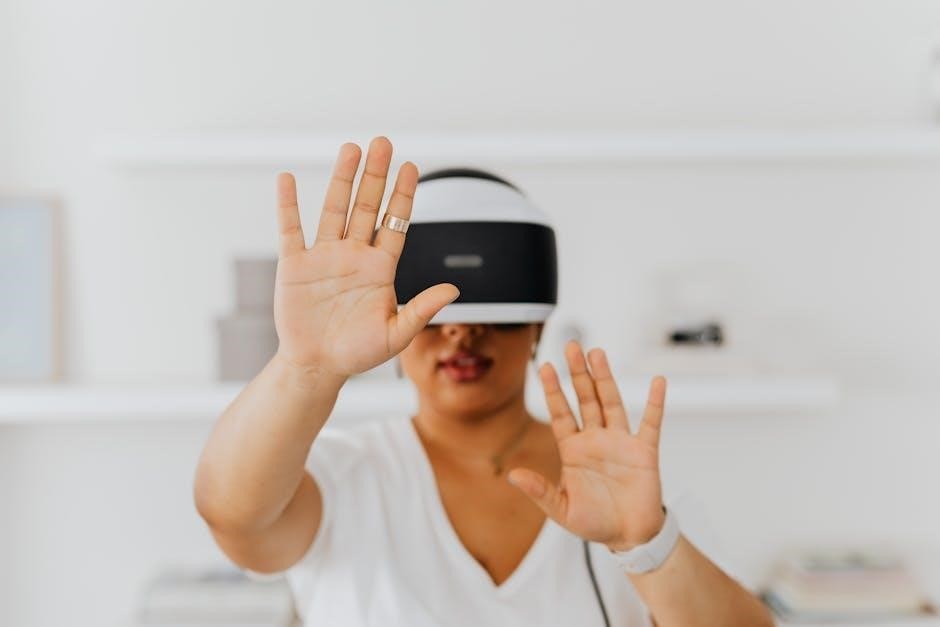
Definitions and Key Concepts
In Simulacra and Simulation, simulacra are copies without originals, while simulation is the process creating these representations. Baudrillard explores how simulations replace reality, forming hyperreality.
2.1 What are Simulacra?
Simulacra are copies or representations of reality that lack an underlying truth or original. They are not mere illusions but constructs that replace authentic experiences, shaping perceptions and culture. Baudrillard argues that simulacra are central to modern society, where symbols and images dominate over reality. They function as models or templates that influence how individuals understand and interact with the world, often blurring the line between the real and the artificial.
2.2 Understanding Simulation in Baudrillard’s Context
Simulation, in Baudrillard’s theory, refers to the process of creating representations or models that construct reality. It is not a passive copying but an active system of signs and symbols that shape meaning. Simulation generates hyperreality, where the simulated version becomes more influential than the real. Baudrillard argues that modern society operates through these simulations, which replace authentic experiences, leading to a world dominated by artificial constructs rather than tangible truths.
2.3 The Difference Between Simulacra and Simulation
Simulacra are copies or representations without an original, while simulation is the process of creating these copies. Simulacra lack a direct connection to reality, existing as symbols or signs. Simulation, in contrast, is the system or model that generates these representations. Baudrillard distinguishes them by emphasizing that simulacra are the end products, whereas simulation is the mechanism that produces and sustains these hyperreal constructs, shaping perceptions and meanings in society.
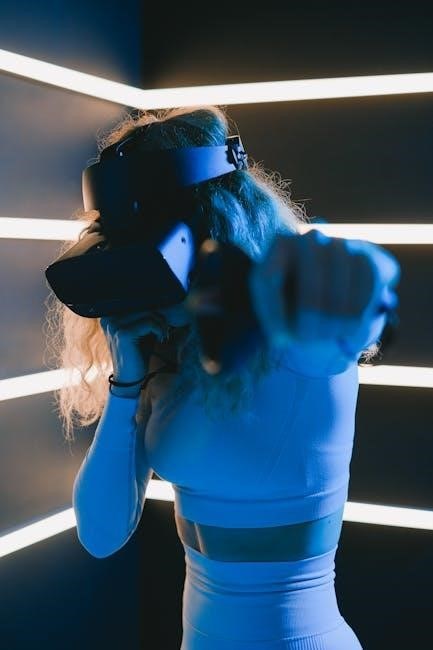
Historical Context of the Theory
Baudrillard’s theory emerged in post-WWII France, influenced by Marxist and poststructuralist thought. The rise of consumer culture and digital technologies shaped his ideas on simulacra and simulation.
3.1 Baudrillard’s Philosophical Background
Jean Baudrillard’s work is rooted in postmodern and poststructuralist thought, influenced by Marxism, semiotics, and the ideas of Foucault and Barthes. Initially aligned with Marxist critique, he later rejected traditional Marxist views, embracing a more radical perspective on simulation and hyperreality. His philosophical background emphasized the study of symbols, signs, and their detachment from reality, laying the groundwork for his theories on simulacra and simulation.
3.2 Evolution of the Concept in Baudrillard’s Work
Baudrillard’s concept of simulacra evolved significantly throughout his career, refining his critique of modern society. Early works focused on consumer culture and commodification, while later texts delved into hyperreality and the dominance of simulations. His ideas became increasingly radical, moving beyond Marxism to embrace postmodern perspectives. This evolution underscores his growing concern with how simulations replace reality, shaping his iconic theory of simulacra and simulation.
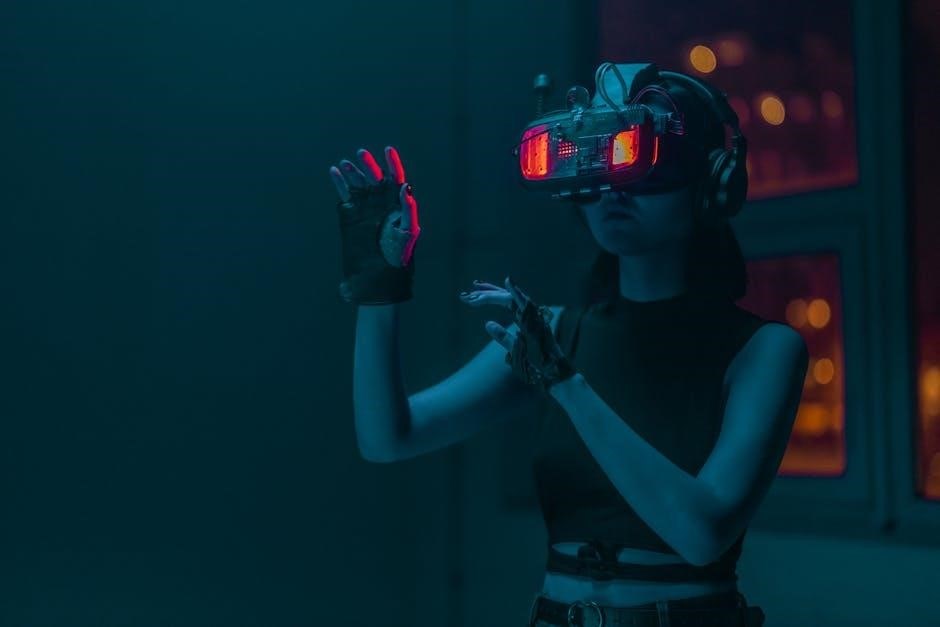
Key Arguments in Simulacra and Simulation
Baudrillard’s key arguments explore the dominance of simulacra, the precession of models over reality, and hyperreality’s role in shaping perceptions. He critiques modern society’s reliance on symbols and signs.
4.1 The Precession of Simulacra
Baudrillard introduces the concept of the “precession of simulacra,” arguing that models and simulacra precede and shape reality rather than the other way around. In modern society, simulacra—copies without originals—dictate how we perceive and interact with the world. This precession means that social structures, institutions, and even individual identities are constructed based on these simulations, leading to a detachment from the real. Baudrillard contends that this phenomenon fundamentally alters how meaning is produced and experienced.
4.2 Hyperreality and Its Implications
In Simulacra and Simulation, Baudrillard defines hyperreality as a state where simulations and models of reality replace the real itself. Media, technology, and consumer culture create hyperreal environments, making the simulated more real than reality. This concept challenges traditional notions of authenticity, as hyperreality shapes perceptions, behaviors, and social interactions. The implications are profound, as individuals increasingly struggle to distinguish between the hyperreal and the actual, leading to a fragmented understanding of the world.
4.3 The Role of Symbols and Signs in Society
In Simulacra and Simulation, Baudrillard explores how symbols and signs dominate modern society, often replacing authentic experiences. These signs, whether in media, advertising, or culture, construct meaning that is arbitrary yet deeply influential. They shape perceptions, creating a world where the representation of reality matters more than reality itself. This system of signs fosters a culture of consumption, where symbols of status, identity, and value are constantly exchanged, reinforcing social hierarchies and power structures.
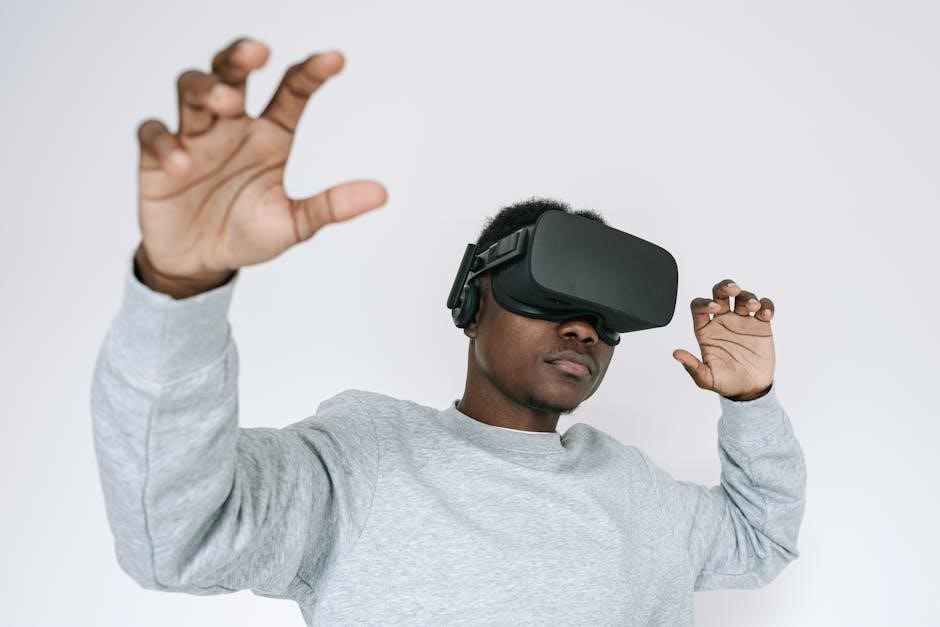
The Impact of Simulacra and Simulation on Modern Thought
Baudrillard’s theory has significantly influenced contemporary philosophy, reshaping discussions on reality, identity, and consumer culture. His ideas have updated traditional notions of truth and illusion.
5.1 Influence on Postmodern Philosophy
Baudrillard’s Simulacra and Simulation deeply influenced postmodern philosophy by challenging traditional notions of reality and truth. His concepts of hyperreality and simulacra align with postmodern skepticism of grand narratives. The idea that simulations replace authentic experiences resonated with thinkers like Foucault and Derrida. Baudrillard’s work shifted focus from objective reality to socially constructed realities, emphasizing the fragmented and mediated nature of modern life. His theories have been widely applied in cultural studies, media theory, and sociology, shaping contemporary debates on identity and representation.
5.2 Applications in Media and Cultural Studies
Baudrillard’s theory of simulacra and simulation has profoundly impacted media and cultural studies by highlighting how media constructs reality. It explains how images, signs, and representations shape perceptions, often masking the absence of an underlying truth. This concept is particularly relevant in analyzing consumer culture, digital media, and entertainment, where simulations often replace authentic experiences. Baudrillard’s ideas help scholars critique the ways media narratives influence identity, power dynamics, and societal norms, offering a critical lens for understanding modern cultural phenomena.
5.3 Relevance in Digital and Virtual Worlds
Jean Baudrillard’s concept of simulacra and simulation is highly relevant in digital and virtual worlds, where representations often replace physical reality. Virtual reality, social media, and online platforms create hyperreal environments where users interact with simulations of reality. These digital spaces amplify the illusion of reality, making it difficult to distinguish between the real and the simulated. Baudrillard’s ideas help explain how digital cultures shape identity, interaction, and perception in ways that blur the lines between authenticity and artifice.
The Simulacra and Simulation PDF
The Simulacra and Simulation PDF is a widely accessed digital version of Baudrillard’s seminal work, offering a convenient format for scholars and readers to explore his theories on hyperreality and modern society.
6.1 Availability and Sources for the PDF
The Simulacra and Simulation PDF is widely available online through various academic platforms and bookstores. It can be downloaded from sources like Google Books, Amazon, and academic databases such as JSTOR or ResearchGate. Many websites offer free or paid versions, depending on the edition and publisher. Users can also access it through university libraries or purchase it directly from online retailers. Its digital format ensures easy access for global readers interested in Baudrillard’s work.
6.2 Key Chapters and Sections in the PDF
The Simulacra and Simulation PDF is divided into several key chapters, each addressing distinct aspects of Baudrillard’s theory. The first chapter explores the precession of simulacra, while subsequent sections delve into hyperreality, symbols, and the dissolution of reality. The text also includes discussions on media, technology, and the commodification of culture. These chapters provide a comprehensive understanding of Baudrillard’s critique of modern society and its reliance on simulations.
6.3 Translations and Editions of the PDF
The Simulacra and Simulation PDF is available in multiple translations, including English, French, and Spanish, ensuring global accessibility. The original French version remains the most referenced, but translations have made Baudrillard’s ideas reachable to a broader audience. Various editions, including anniversary and academic versions, offer introductions and commentaries, enhancing understanding for both new readers and scholars. These translations preserve the complexity of Baudrillard’s theory while adapting it for diverse linguistic and cultural contexts.
The Relationship Between Reality and Simulation
Baudrillard explores how simulations replace reality, creating a hyperreal world where perceptions are shaped by models rather than actual experiences, blurring the line between the real and the fake.
7.1 Baudrillard’s View on Reality
Baudrillard posits that reality is no longer directly accessible, being obscured by simulations and models that construct our perceptions. He introduces the concept of “hyperreality,” where simulations, such as media representations and digital interfaces, become more influential than actual events. In this framework, reality is not erased but mediated through layers of simulacra, leading to a world where the copy precedes and defines the real. This perspective underscores how technology and culture shape our understanding, often prioritizing the simulated over the authentic.
7.2 How Simulation Shapes Perception
Baudrillard argues that simulations profoundly influence human perception by creating a hyperreal world where models and symbols replace direct experiences. Digital tools and media propagate these simulations, making them appear more real than reality itself. This process alters how individuals interpret events, as the simulated version often becomes the primary reference point. Over time, simulation reshapes beliefs, behaviors, and understanding, fostering a reality detached from actual events and grounded in constructed representations.
7.3 The Blurring of Lines Between Real and Fake
Baudrillard’s theory highlights how simulations erode distinctions between reality and illusion, creating hyperreality. Social media, deepfakes, and virtual worlds exemplify this blur, where fabricated images and narratives often feel more authentic than actual events. This phenomenon fosters a culture of distrust, as individuals struggle to discern truth from fabrication. The relentless proliferation of simulacra accelerates this process, distorting perceptions and reshaping societal understanding of authenticity and reality itself.

The Role of Technology in Simulacra
Technology reinforces simulacra by creating hyperreal experiences that often feel more authentic than reality, reshaping perceptions and interactions in a digitally mediated world.
8.1 Digital Simulations and Their Effects
Digital simulations, as discussed in Simulacra and Simulation, create hyperreal experiences that alter perceptions of reality. Through technologies like virtual reality and AI, simulations replicate worlds that feel more authentic than the physical. These digital constructs influence human behavior, fostering a reliance on mediated experiences. Baudrillard argues that such simulations accelerate the detachment from the real, leading to a society where the virtual is indistinguishable from the authentic, reshaping identity and interaction in profound ways.
8.2 Virtual Reality and Hyperreality
Virtual reality (VR) exemplifies Baudrillard’s concept of hyperreality, where simulations of reality become more compelling than reality itself. VR creates immersive, self-contained worlds that redefine user experiences. This technology accelerates the transition from the real to the hyperreal, as users interact with fabricated environments that feel authentic. Baudrillard would argue that VR deepens societal detachment from the physical world, fostering a preference for simulated realities over tangible ones, thus reinforcing hyperreality’s dominance in modern life.
8.3 Social Media as a Simulacrum
Social media platforms embody Baudrillard’s simulacrum by creating hyperreal representations of identity and interaction. Users curate personas and experiences, often prioritizing virtual validation over authentic connections. Algorithms amplify these simulations, fostering echo chambers and distorting reality. Baudrillard would view social media as a prime example of how simulacra replace the real, transforming human relationships into commodified exchanges of likes, shares, and follower counts, further entrenching hyperreality in daily life.
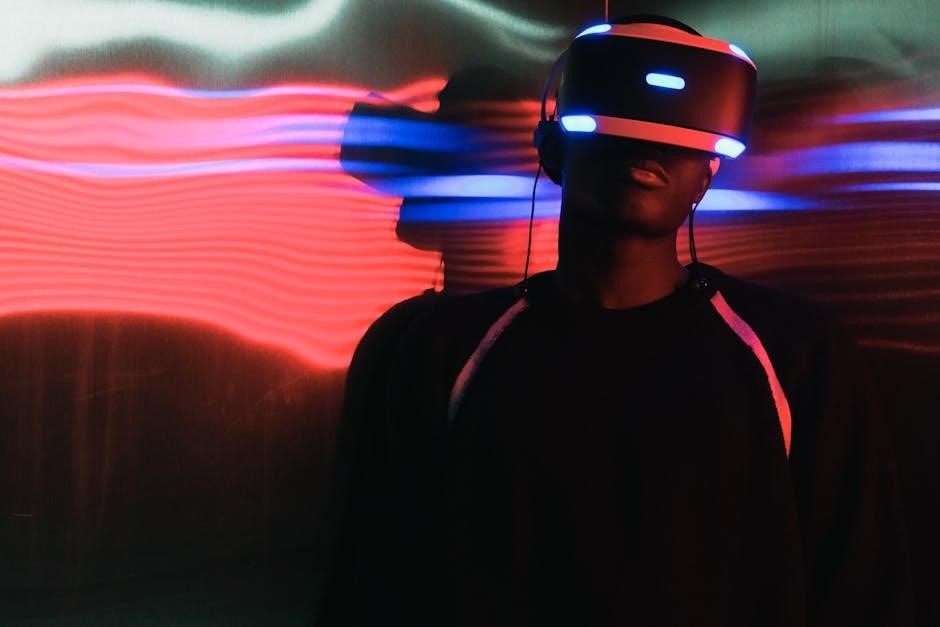
Cultural and Social Implications
Simulacra reshape cultural norms, fostering a society where authentic interactions diminish, replaced by commodified experiences and identities, as per Baudrillard’s analysis in Simulacra and Simulation.
9.1 The Commodification of Reality
In Simulacra and Simulation, Baudrillard argues that reality becomes commodified through simulacra, transforming experiences, identities, and social relations into marketable products. Media and technology drive this process, creating hyperreal representations that replace authentic interactions. This commodification alienates individuals from genuine experiences, reducing life to a series of consumer-driven simulations. The result is a society where value is derived from illusion rather than substance, reshaping cultural norms and individual perceptions profoundly.
9.2 The Influence of Consumer Culture
In Simulacra and Simulation, Baudrillard explores how consumer culture fuels the proliferation of simulacra. Commodities are imbued with symbolic value, shaping desires and identities. Consumerism accelerates the simulation of reality, as goods and media construct perceptions of need and status. This cycle reinforces hyperreality, where consumption drives the creation of illusionary worlds, further detaching society from authentic experiences and meaningful connections. Consumer culture thus becomes a key driver of Baudrillard’s simulacra.
9.3 The Loss of Authenticity in a Simulated World
Baudrillard argues that simulacra erode authenticity, as hyperreality replaces genuine experiences with artificial constructs. In a world dominated by simulations, people increasingly interact with representations rather than reality. This fosters a culture of alienation, where emotions, relationships, and identities are shaped by illusionary frameworks. The loss of authenticity becomes profound, as society values the hyperreal over the real, leading to a disconnection from meaningful, lived experiences and a fragmented sense of self.
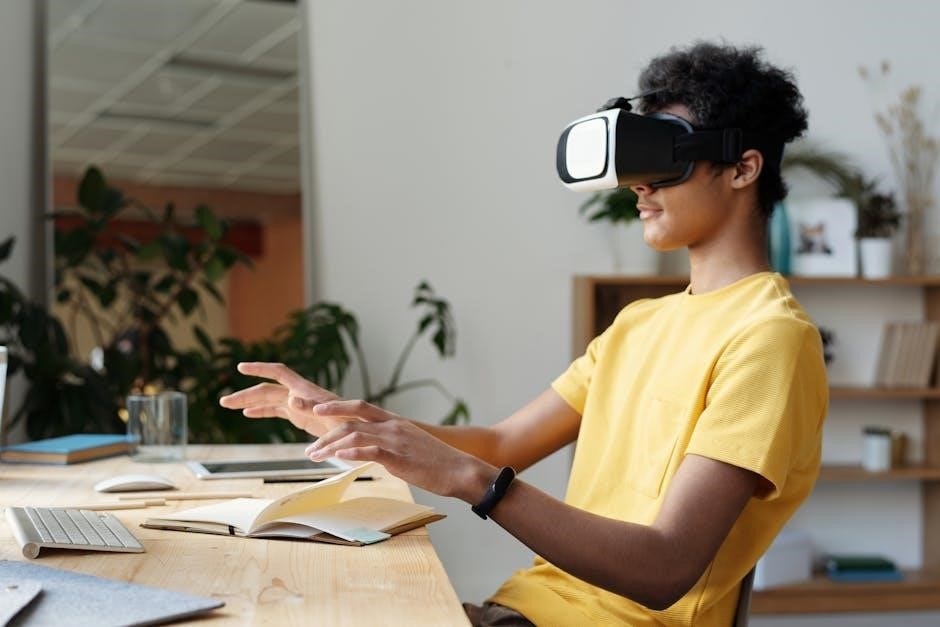
Criticisms and Counterarguments
Baudrillard’s theory lacks empirical evidence, critics argue, and his notions of hyperreality and simulacra are overly pessimistic, neglecting human agency and the potential for authentic engagement.
10.1 Challenges to Baudrillard’s Theory
Critics argue that Baudrillard’s theory of simulacra and simulation lacks empirical grounding, often being too abstract and detached from tangible realities; Some scholars contend that his concepts oversimplify complex social dynamics, neglecting the role of human agency and resistance; Additionally, his notion of hyperreality is criticized for being overly deterministic, suggesting a passive acceptance of simulated worlds without considering alternative perspectives or the potential for authentic engagement in mediated environments.
10.2 Alternative Perspectives on Simulation
Scholars like Umberto Eco and Gilles Deleuze offer contrasting views on simulation, emphasizing its cultural and philosophical dimensions. Eco’s concept of hyperreality aligns with Baudrillard but underscores the agency of individuals in shaping simulated environments. Deleuze, focusing on difference and repetition, suggests simulation as a creative process rather than mere replication. These perspectives expand Baudrillard’s framework, highlighting simulation’s dynamic role in digital culture and its potential for innovation and transformation.
10;3 The Practical Implications of Baudrillard’s Ideas
Baudrillard’s ideas on simulacra and simulation offer practical insights into understanding media, technology, and consumer culture. By recognizing hyperreality, individuals can critically evaluate the information they consume, fostering media literacy. Additionally, his theories encourage designers and creators to consider the ethical implications of simulations, promoting authenticity in digital experiences. This perspective empowers individuals to navigate a world saturated with symbols and simulations, fostering a more informed and critically engaged society.

The Legacy of Simulacra and Simulation
Baudrillard’s work remains influential, shaping postmodern thought and cultural critique. Its concepts continue to resonate in academia, media studies, and philosophy, offering fresh perspectives on reality and simulation.
11.1 Baudrillard’s Influence on Contemporary Thought
Baudrillard’s theories on simulacra and simulation have profoundly shaped contemporary thought, particularly in postmodern philosophy, media studies, and cultural critique. His ideas about hyperreality and the precession of simulacra continue to influence discussions on digital culture, virtual reality, and social media. Scholars and thinkers across disciplines draw on his concepts to analyze the blurring of boundaries between the real and the simulated, making his work indispensable in understanding modern society’s complexities and technological advancements.
11.2 The Book’s Impact on Academic Discourse
Simulacra and Simulation has become a cornerstone of academic discourse, shaping debates in sociology, philosophy, and cultural studies. Its concepts, such as hyperreality and simulacra, are widely referenced in scholarly literature. The book challenges traditional notions of reality and representation, inspiring new perspectives on media, technology, and consumer culture. Its influence is evident in interdisciplinary research, making it a foundational text for understanding contemporary societal dynamics and technological advancements.
11.3 Popular Culture References to Baudrillard’s Ideas
Simulacra and Simulation has influenced popular culture, with references in films, music, and literature. The Matrix trilogy explicitly explores Baudrillard’s concepts of hyperreality and simulacra. Artists like Lady Gaga and films like Inception and eXistenZ reflect his ideas about reality and simulation. These references demonstrate how Baudrillard’s theory resonates beyond academia, shaping narratives about identity, technology, and perceived reality in contemporary culture.
Baudrillard’s work challenges perceptions, revealing how simulacra shape reality. Its relevance in a hyperreal world underscores the need to critically engage with his theories.
12.1 Summary of Key Points
Baudrillard’s Simulacra and Simulation explores how society replaces reality with representations. He introduces concepts like hyperreality, where simulations dominate human experience, influencing culture, media, and identity. The PDF highlights the precession of simulacra, shaping perceptions and blurring the real and fake. Baudrillard’s ideas resonate in digital worlds, offering insights into modernity’s challenges. His work remains a cornerstone for understanding the interplay between reality and simulation in contemporary life.
12.2 The Enduring Relevance of Baudrillard’s Theory
Baudrillard’s ideas in Simulacra and Simulation remain profoundly relevant, offering insights into today’s hyperconnected world. His concepts of hyperreality and simulacra resonate with digital cultures, social media, and virtual realities. The PDF version of his work ensures accessibility, solidifying its influence on contemporary thought. Baudrillard’s theory continues to inspire critical discourse, making it a foundational text for understanding the complexities of modern society and the role of simulations in shaping human experience.
12.3 Final Thoughts on Simulacra and Simulation
Baudrillard’s Simulacra and Simulation remains a pivotal work in understanding modern society’s relationship with reality and illusion. The PDF format ensures its ideas are widely accessible, fostering ongoing debates about hyperreality and simulacra. Its relevance endures as technology advances, offering critical insights into how simulations shape perceptions. This text continues to provoke thought on authenticity and the digital age, solidifying its importance in contemporary discourse.
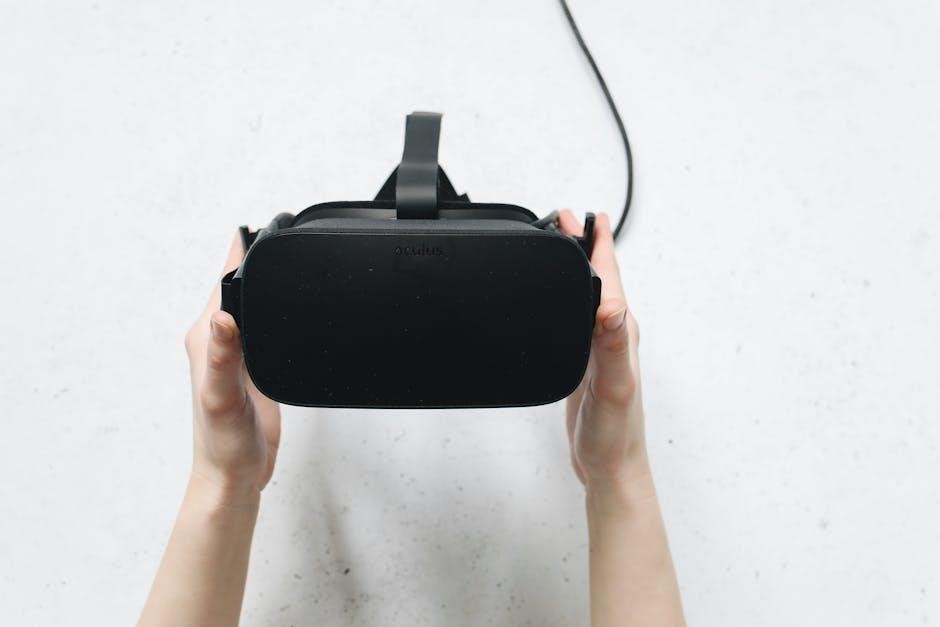
References and Further Reading
Explore Baudrillard’s Simulacra and Simulation through academic sources like Stanford University Press and online archives. Recommended readings include critiques by Gilles Deleuze and Fredric Jameson.
13.1 Academic Sources and Citations
Key academic sources include Jean Baudrillard’s Simulacra and Simulation (1994) and critiques by scholars like Slavoj Žižek and Fredric Jameson. University presses and journals provide critical analyses, while online databases such as JSTOR offer accessible PDFs for research. Citations should follow APA or MLA formats, referencing original works and secondary interpretations. These sources are essential for understanding Baudrillard’s theory and its academic impact.
13.2 Recommended Reading for Deeper Understanding
For a deeper exploration, readers should explore Baudrillard’s earlier works, such as The System of Objects and For a Critique of the Political Economy of the Sign. Additional texts by thinkers like Zygmunt Bauman and Umberto Eco provide complementary insights into postmodernity and hyperreality. Collections of essays and critical analyses from academic journals also offer nuanced perspectives. These readings enrich the understanding of Baudrillard’s theories and their broader implications.
13.3 Online Resources for Continued Exploration
For further exploration, numerous online resources provide insights into Baudrillard’s theories. Academic databases like JSTOR and Google Scholar offer access to scholarly articles and essays. Websites like YouTube feature lectures and analysis of Simulacra and Simulation. Additionally, blogs, forums, and online courses often discuss Baudrillard’s ideas in depth. These resources are invaluable for those seeking to delve deeper into the concepts of hyperreality and simulacra in the digital age.

